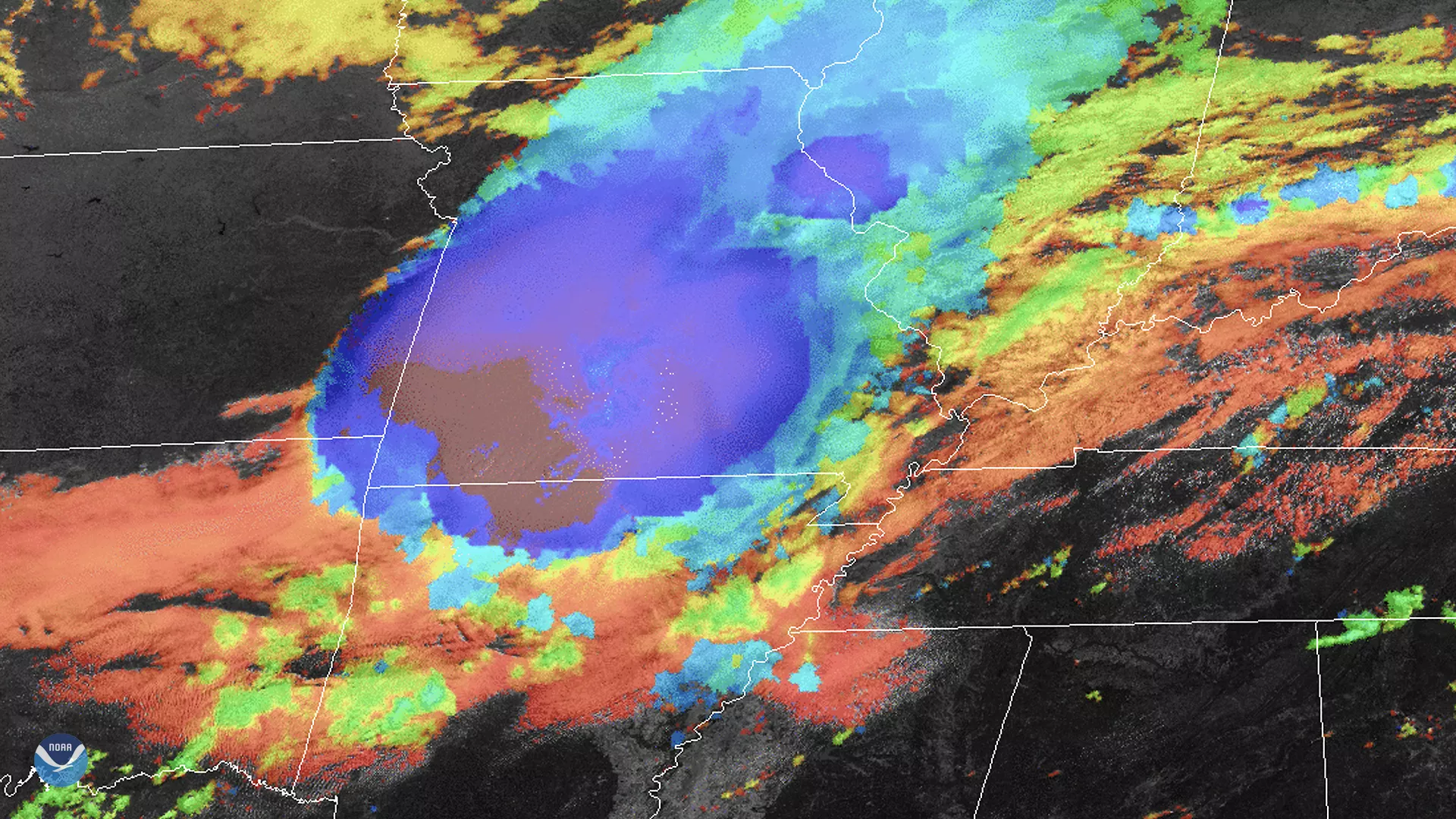
Image of a harmful algal bloom in Lake Erie as seen from the NOAA/NASA Suomi-NPP satellite on August 16, 2015. The Ocean Color Instrument on GeoXO will overcome the limitations of low-Earth orbiting satellites whose observations are often affected by cloud cover and sunglint. [Credit: NOAA]
Heading 2
Image of a harmful algal bloom in Lake Erie as seen from the NOAA/NASA Suomi-NPP satellite on August 16, 2015. The Ocean Color Instrument on GeoXO will overcome the limitations of low-Earth orbiting satellites whose observations are often affected by cloud cover and sunglint. [Credit: NOAA]
Heading 3
Image of a harmful algal bloom in Lake Erie as seen from the NOAA/NASA Suomi-NPP satellite on August 16, 2015. The Ocean Color Instrument on GeoXO will overcome the limitations of low-Earth orbiting satellites whose observations are often affected by cloud cover and sunglint. [Credit: NOAA]
Heading 4
Image of a harmful algal bloom in Lake Erie as seen from the NOAA/NASA Suomi-NPP satellite on August 16, 2015. The Ocean Color Instrument on GeoXO will overcome the limitations of low-Earth orbiting satellites whose observations are often affected by cloud cover and sunglint. [Credit: NOAA]
Heading 5
Image of a harmful algal bloom in Lake Erie as seen from the NOAA/NASA Suomi-NPP satellite on August 16, 2015. The Ocean Color Instrument on GeoXO will overcome the limitations of low-Earth orbiting satellites whose observations are often affected by cloud cover and sunglint. [Credit: NOAA]
Heading 6
Image of a harmful algal bloom in Lake Erie as seen from the NOAA/NASA Suomi-NPP satellite on August 16, 2015. The Ocean Color Instrument on GeoXO will overcome the limitations of low-Earth orbiting satellites whose observations are often affected by cloud cover and sunglint. [Credit: NOAA]

This is a new Body Text Paragraph
“Integration between CWA’s smart buoys and OCX will enhance our data and expand monitoring capabilities,” Pu said. “These real-time insights will allow water managers to monitor events like harmful algal blooms as they move across the lake, and then make rapid and informed decisions for water treatment throughout Lake Erie.”
“Ocean color data every three hours during the daylight times – this could not come soon enough,” said Matt Upton, President of ROFFS™, a scientific consulting company based in Florida. “Frequent, high-resolution sea surface temperature and ocean color data is really important for us and our clients to monitor ocean conditions and fishing habitat, looking at climate change, the weather and more.”
In particular, OCX will improve observations of water clarity and chlorophyll concentration, as well as provide better detection of harmful algal blooms and coastal pollutants. This will allow scientists and end-users to better monitor water quality within smaller bodies of water and along the coast where urbanization and high nutrient runoff have an increasingly negative impact on the economy and livelihoods of local communities.
-
Lorem Ipsum Lorem Ipsum Lorem Ipsum
-
NOAA is working on its next generation series of advanced geostationary satellites—the…
-
A recently-released analysis identified NOAA’s science, Earth observations, and weather and climate…
-
NOAA is working on its next generation series of advanced geostationary satellites—the…
-
Meet Olaf McCreary, a satellite engineer at NOAA’s Office of Low Earth Orbit Observations.
-
On July 7, 2024, NOAA's GOES-U satellite reached geostationary orbit above Earth's…

